Propel provides innovative insurance solutions to thousands of companies across the country. We make it our business to know your world inside and out.
Insights, Producer's Corner
The Rise In Popularity of GL Wraps for Construction Projects
Before starting a new construction project, the stakeholders evaluate whether they have the right insurance strategy in place. Given the changing insurance market conditions, owners and general contractors have been evaluating alternatives to traditional insurance approaches for their projects. The inherent benefits of a WRAP have contributed to the growing popularity of wrap-up policies over the past 10 years.
What Are WRAP Policies?
WRAP programs are also called Owner Controlled Insurance Programs (OCIPs) or Contractor Controlled Insurance Programs (CCIPs). A WRAP is a project-specific general liability program that covers the owner, general contractor and all enrolled subcontractors on a project. The WRAP replaces the traditional general and excess liability insurance carried by each party and provides dedicated limits shared by all parties enrolled. More popular in some geographies and generally reserved for very large projects, WRAP policies can include workers’ compensation coverage as well.
WRAPs are typically placed for projects exceeding $10 million in construction costs. The terms, conditions and coverages provided can vary from policy to policy, and additional coverages and endorsements are negotiated by the broker.
Benefits of a WRAP Policy
The rise in popularity of WRAPs can be attributed to many notable factors:
- Residential Coverage Solution – As more subcontractor insurance programs begin to include limitations on residential work, the ability for subcontractors to bring their own coverage to a project with a residential scope becomes restricted. A WRAP policy can solve for this, providing coverage for all enrolled parties for the project.
- Dedicated limits – Owners and general contractors see dedicated limits for the project as an inherent benefit. They guarantee the coverage limits exist and are not eroded by claims at other projects.
- Extended completed operations coverage built in – A WRAP provides extended completed operations coverage for a project for the state’s statute. You don’t have to rely on the subcontractors to continue to renew they annual policy every year for the statute post completion of the project.
- Control – The sponsor of the WRAP (owner or general contractor) has control over the policy, limit adequacy, coverages and claims processes.
- Streamlined claims process – Because the WRAP provides coverage for all enrolled parties, there is one program responding to a covered claim. This shortens and simplifies the claim process and avoids any finger pointing from various insurers.
- Enhanced coverage – Because the WRAP covers all parties and has a larger premium size, there are various coverage enhancements and fewer coverage limitations that can be negotiated.
- They can pencil – Because the WRAP replaces the general liability insurance brought by the general contractor and subcontractors, the WRAP sponsor can recover bid credits or instruct those parties to bid without insurance. The cost avoidance or recovery of those insurance credits/line items can offset the cost of the WRAP. As your project size increases, so does the likelihood that the bid credits/avoidance will more than offset the cost of the WRAP.
Want to Learn More?
Contact the Propel construction insurance team for more information and stay tuned for our next article on how to determine the best bid method for your WRAP policy.

Melody Olson
Melody has spent over 15 years specializing in construction real estate, and project risk. Melody is known by clients and colleagues for having strong technical expertise, creative problem-solving skills, and unrelentless client advocacy. More about Melody...


